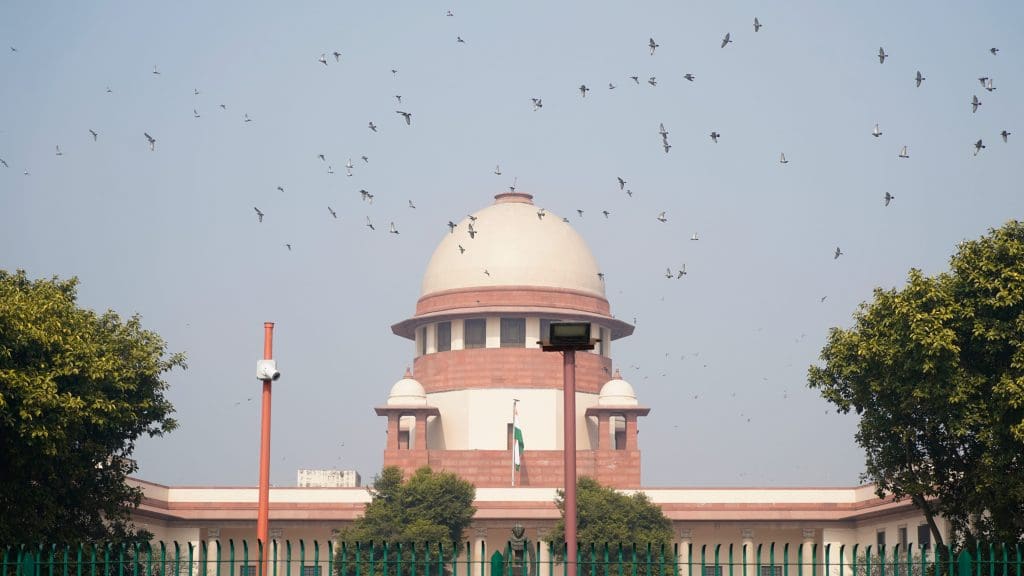
Acquitting a man sentenced to death for killing his wife and four children over an alleged extramarital affair, the Supreme Court in a recent judgment declared the evidence to be “fabricated” and “engineered”, paving way for the release of the accused more than 12 years since his arrest in January 2010.
The judgment was passed on October 13.
The Supreme Court blew the lid over the ‘shoddy probe’ by the Uttar Pradesh police.
“Mark Twain once said – it is like this, take a word, split it up into letters; the letters may individually mean nothing but when they are combined, they will form a word pregnant with meaning. That is the way how you have to consider the circumstantial evidence. You have to take all the circumstances together and judge for yourself whether the prosecution has established their case,” said a three-judge bench headed by Chief Justice of India (CJI) Uday Umesh Lalit, and justices S Ravindra Bhat and JB Pardiwala.
In the judgment based on an appeal filed by the convict Ramanand, a resident of village Badriya in Uttar Pradesh’s Lakhimpur Kheri, the apex court set aside concurrent verdicts pronounced by the district court and the Allahabad high court.
Setting aside the HC order, Justice Pardiwala said, “Though an offence is gruesome and revolts the human conscience, an accused can be convicted only on legal evidence and if only a chain of circumstantial evidence has been so forged so as to rule out the possibility of any other reasonable hypothesis excepting the guilt of the accused.”
On 9 July 9, 2021, the HC has confirmed the death penalty based on an extra judicial confession made by the accused while in police custody, discovery of the weapon of offence and blood-stained clothes at his instance, a strong motive of his extramarital affair, and his unnatural conduct in creating a false explanation about the incident to prove his innocence.
Upon analysing the evidence, the top court found several legal infirmities that were overlooked by the lower courts.
“The entire case put up by the prosecution…appears to be fabricated and engineered only to bolster up the case of the prosecution. How does the prosecution expect us to believe that the accused appellant was present at three different places on or about the same time?” the apex court observed.



